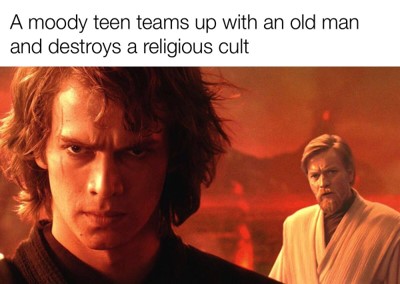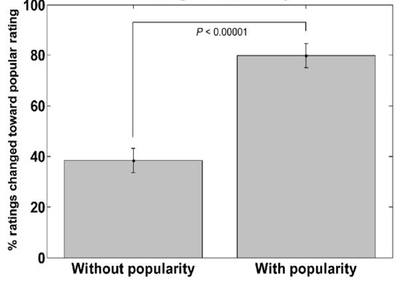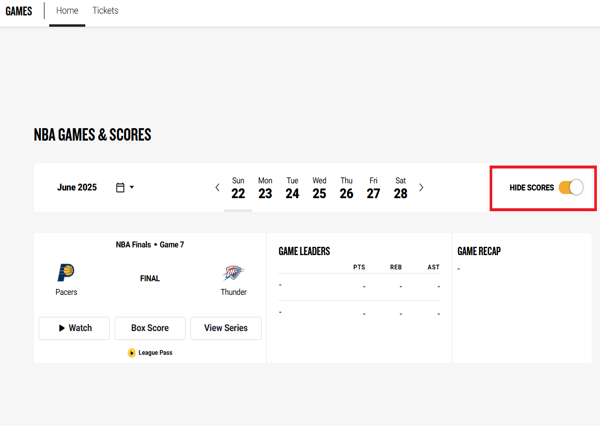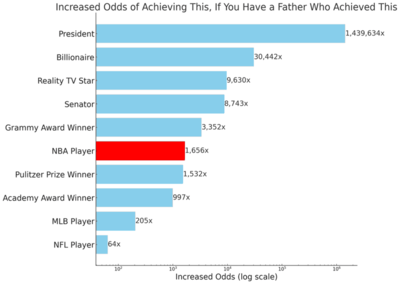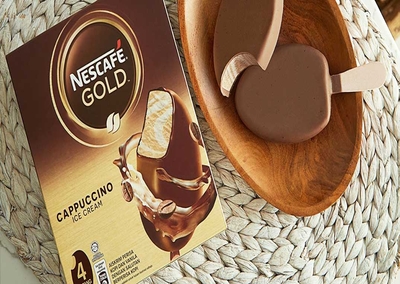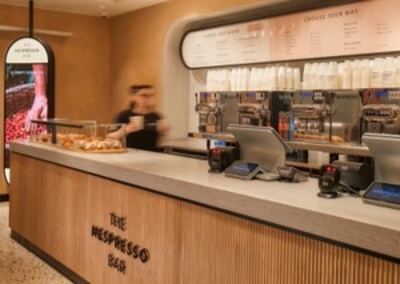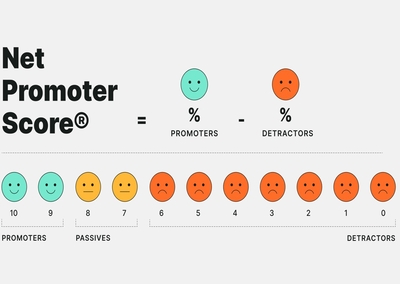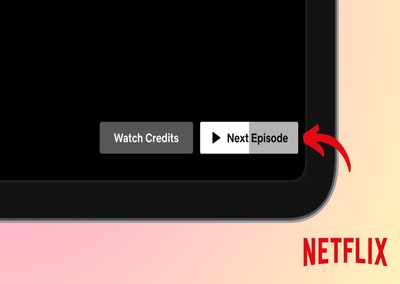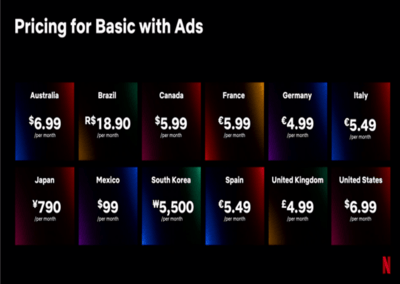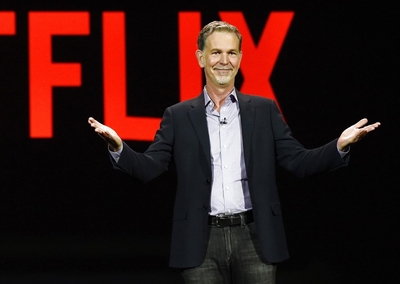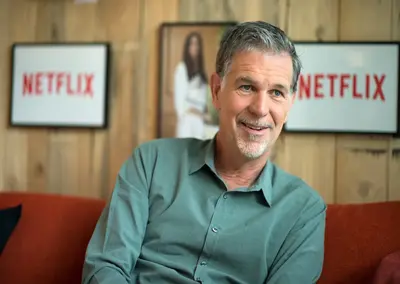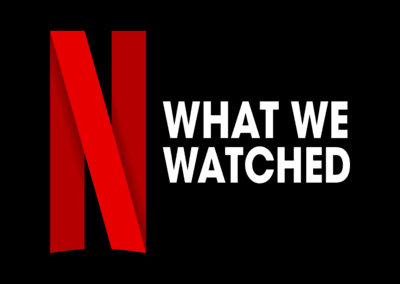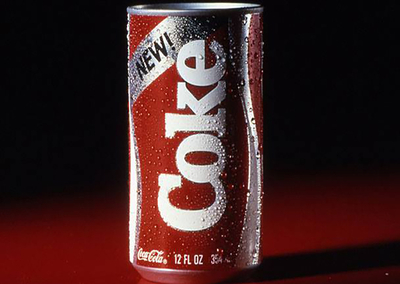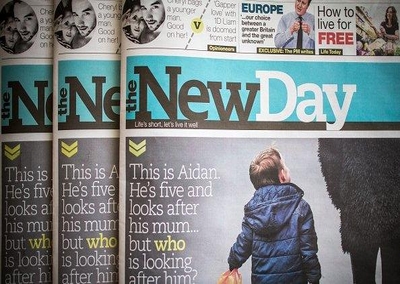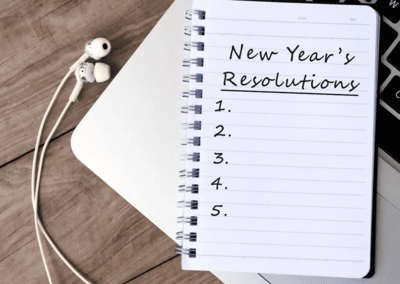A fantastic Reddit thread shows how even the best movies can sound awful, depending on the framing. Who would have thought Star Wars could be reduced to that…?
All Threads
In a controlled study, people listening to new music liked a song more when they were told it was popular, vs the same song without any extra information. So much for independent choices.
Watching sports highlights is usually ruined because the videos tell you the final score. But the NBA app has an option to hide scores so you can watch with blissful ignorance. A simple trick that makes a big difference.
Want to become an NBA player? It helps if your dad played in the league. And you can massively increase your odds of becoming President by the same token (though beware low sample sizes for that stat).
Nescafé has expanded its customer base by venturing into ice cream and iced drinks – a new way of staying relevant when less than half the global population buys instant coffee.
Nespresso entered the coffee-to-go market in 2024, opening its first café near Liverpool Street station – as the busiest train station in England, it’s not a bad place to attract new customers.
NPS is a simple way of gauging customer experience, but don’t confuse that with a measure of growth: studies consistently show that NPS changes don’t predict market share.
The Netflix autoplay feature led to “by far the biggest increase in the hours watched KPI of any feature we ever tested,” according to the engineer who created it. Different timings were tested – 5 seconds, 10 seconds, 15 seconds – but 10 seconds turned out to be the sweet spot. Just enough time to catch your breath, but not too long to lose interest.
Netflix now charges £4.99 a month for weekly shows with ad breaks. Sound familiar?
Reed Hastings, with no prior experience of the film and television industry, applied the gym-model of subscription to movie rentals to create Netflix.
Reed Hastings decided to start Netflix after being fined $40 at a Blockbuster store for being late to return a copy of Apollo 13.
Netflix shows are not made equal. As the company’s recent viewing report states, “the top 1 percent of titles accounted for about 22.32 billion hours of viewing, almost 24 percent of the total. The top 10 percent brought in 68 percent of all viewing – 64.16 billion hours.”
In 1985, thousands of blind taste tests showed that consumers preferred a new, sweeter formulation of Coca Cola. The company took this at face value, replacing the original Coca Cola with a new drink using the sweeter recipe. But the ensuing backlash to New Coke shows the limitations of objective thinking. Insiders forgot that, in the real world, people don’t consume drinks blindfolded. The data ignored the strength of the original Coca Cola brand.
When Trinity Mirror media group asked consumers what they wanted from a newspaper, they said articles that were upbeat, optimistic and politically neutral. But when the group launched New Day – a newspaper that offered exactly that – readership was so low that the paper shut down within just 2 months.
According to a (rather old) longitudinal study, only 40% of people have stuck to their resolutions after 6 months. The issue is not knowing how to quit smoking or exercise more – it’s taking the steps to do so.

